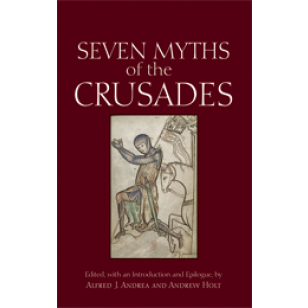Over the next few weeks, we are excited to be featuring profiles of numerous alumni of our department. Our BA and MA graduates have found success in a very wide variety of fields, applying skills and knowledge they gained as history students in many different ways in their chosen careers.
In this second installment, we are very pleased to feature Tom McGrath, a graduate of our MA program who also earned his BA from UVM, majoring in philosophy. Tom focused on Canadian history for his Masters in history. He is now a history teacher at Rice Memorial High School in South Burlington.
What is your current job?
I teach history at Rice Memorial High School in South Burlington, VT.
What path did you take to your current job/career, after graduating from UVM? Is it the path you expected to take when you graduated?
As an undergraduate, I lacked the maturity and direction to have a clear career path, but I had enough sense to know that I needed a quality education, which I very gratefully received at UVM. After graduating, I juggled part-time jobs at the UVM Canadian Studies Program and Onion River Co-op/City Market, with the goals of enrolling in a Master’s program and staying within the realm of education (I was also a substitute teacher at Rice). After receiving my M.A., I worked at the UVM Transportation Research Center for a couple of years before landing the job at Rice. It was a bit of a circuitous route, but I attained my goals, and I am very happy with the way things turned out.
Why did you choose to study history?
As an undergraduate, I took an intro course that was co-taught by the great Al Andrea. That course rekindled my boyhood love of history, instilled in me by my parents, who took my siblings and me to many historic sites when we were growing up. I also had a great US History teacher in high school – the legendary Bob Foley at John’s High School in Shrewsbury, MA.
What was your regional concentration? What drew you to study that part of the world?
The focus of my M.A. was Canadian history. Canada has always been part of my life. My family vacations in Prince Edward Island every year, I took Canadian history courses as an undergrad, and worked at the UVM Canadian Studies Program.
What was your favorite history course that you took at UVM?
This is a really hard question to answer, as I took so many great courses and had several fantastic professors, so I’ll pick one for each level. For the intro level, I’ll go with Al Andrea’s “Global History to 1500” course. For the intermediate level, Kevin Thornton’s “America in Ferment, 1820-1850” (later called “The Age of Jackson”); and for a seminar, Jacqueline Carr’s marvelous course on religion in England and America in the 16th-18th centuries. David Massell is my all-time favorite prof, and Dona Brown is awesome, too.
What skills did you gain as a history student that you apply in your current job?
How to write clearly an effectively; how to conduct research and analyze primary and secondary sources; how to read in order to extract the most important points and supporting details; and the importance of daily preparation.
Any words of advice for our current history students?
Go to class, hand in everything on time, communicate with your professors, and never be afraid to speak up in class. Conduct research on topics that you personally find interesting. Most importantly, never stop being a history student: read books; attend history events and lectures; and visit museums and historic sites.
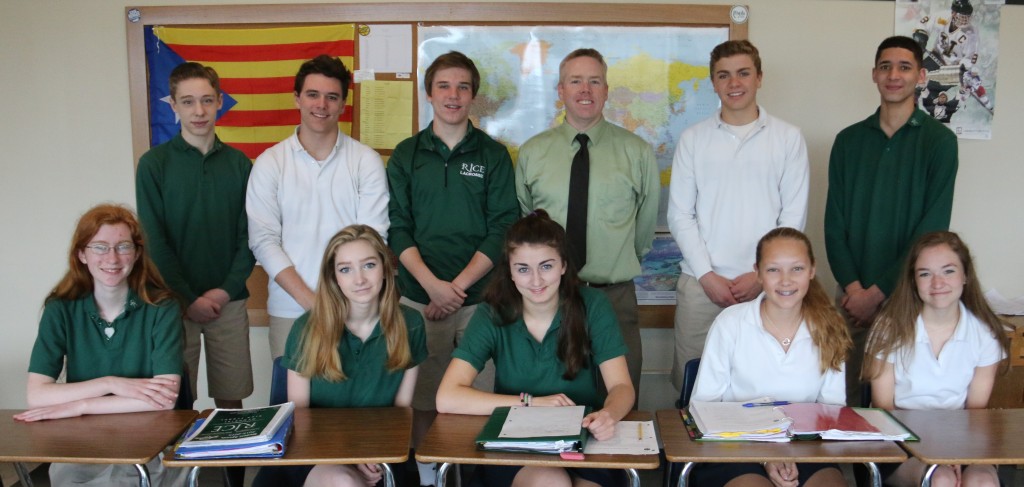
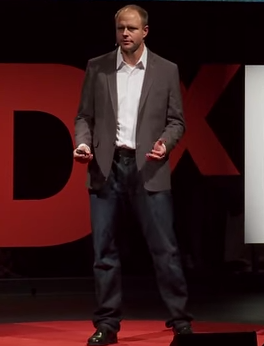
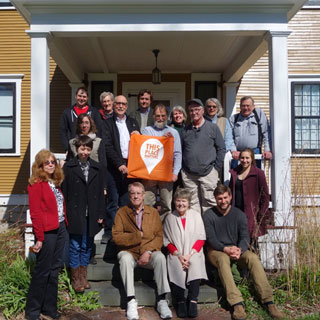
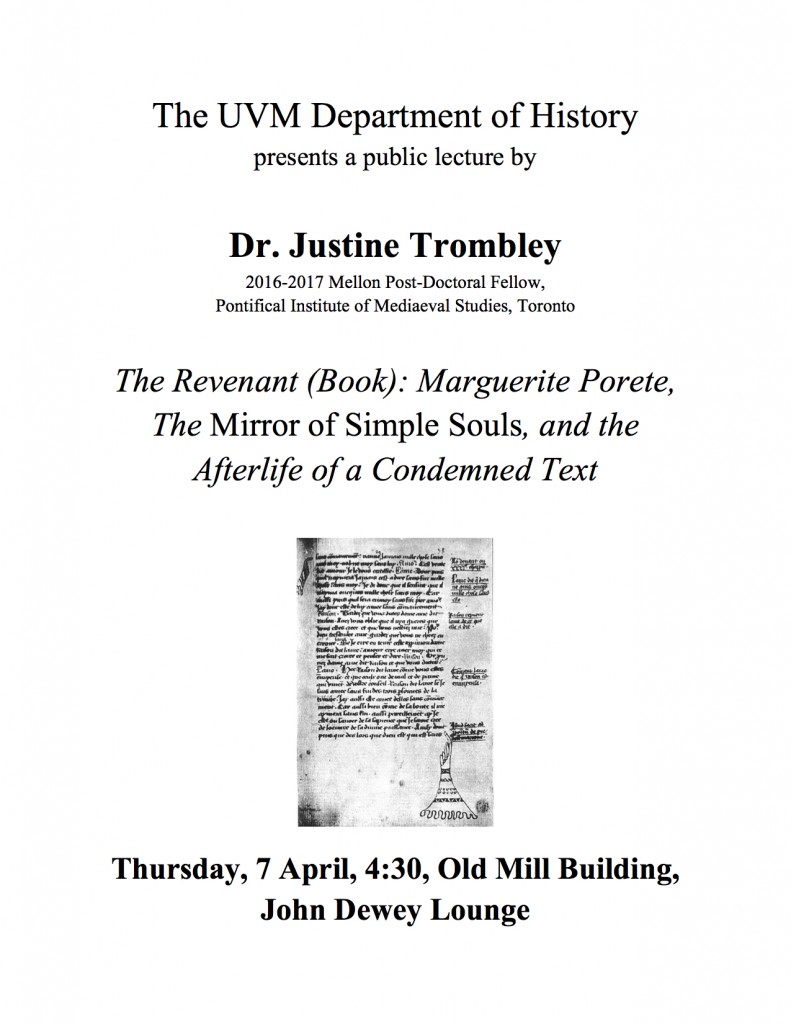


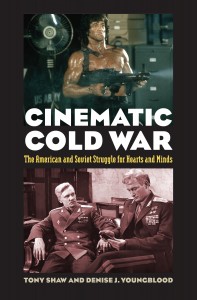
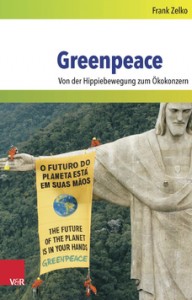
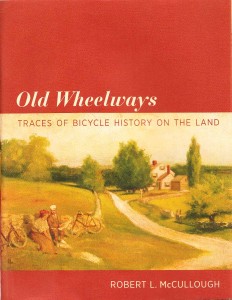
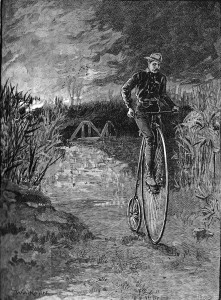
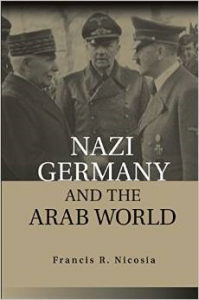
![Nicosia & Stokes cover visual [1]-5](http://blog.uvm.edu/history/files/2016/01/Nicosia-Stokes-cover-visual-1-5-200x300.jpg)
